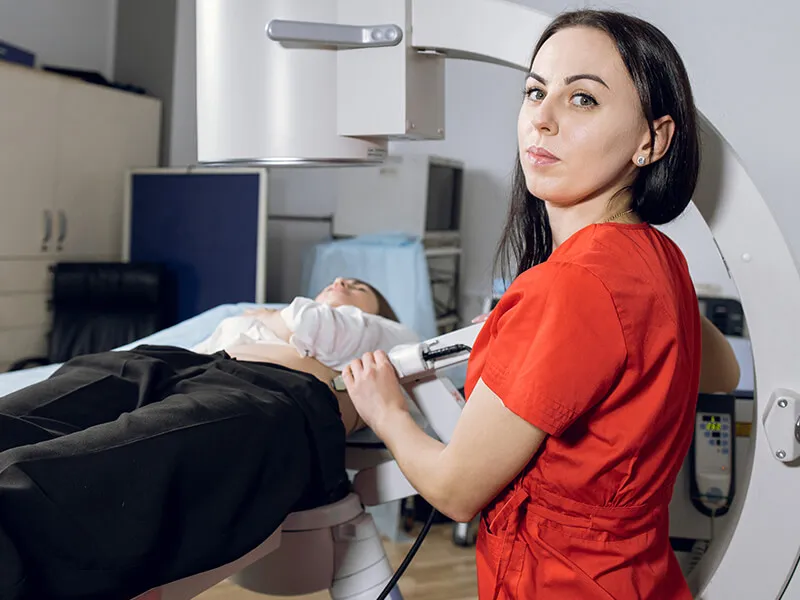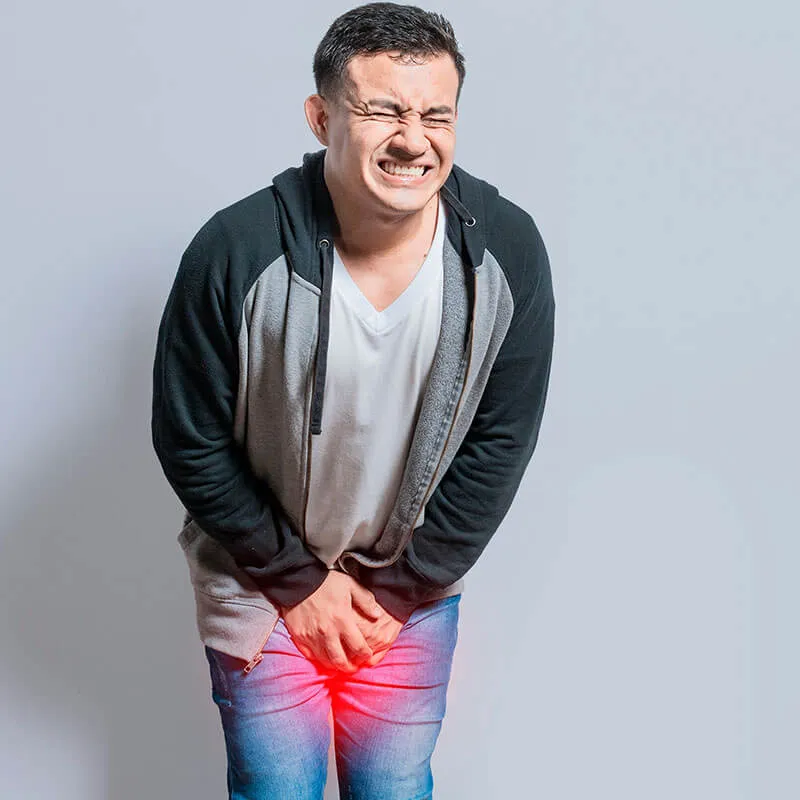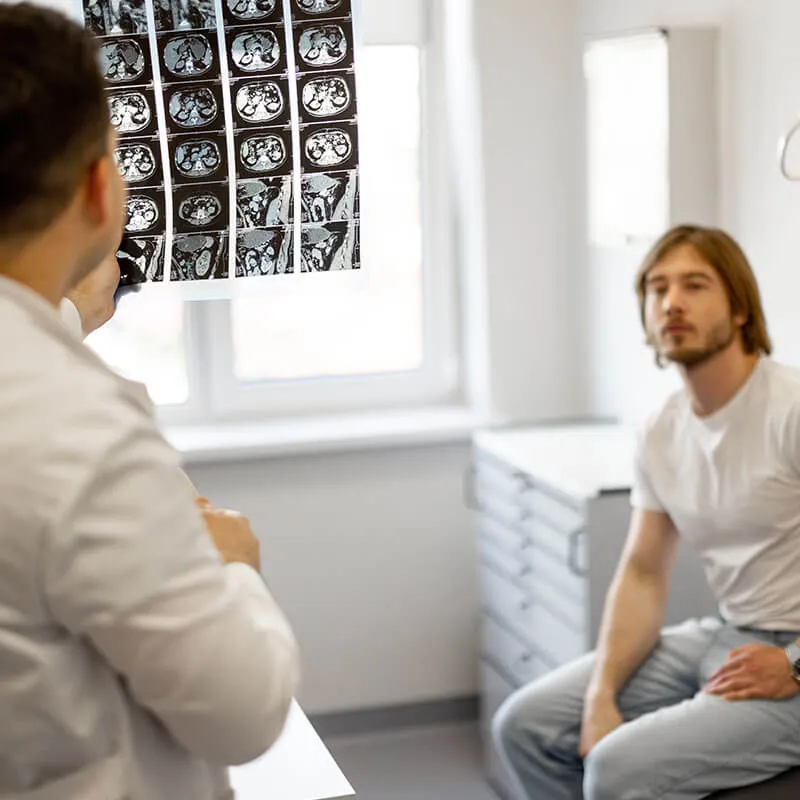Introduction to the Ureter:
The ureter is a crucial component of the urinary system, responsible for transporting urine from the kidneys to the bladder. This web page aims to shed light on three common ureteral conditions – Ureteric Stone, Vesicoureteral Reflux (VUR), and Pelvic Ureteric Junction Obstruction – elucidating their causes, symptoms, and treatment options.What are Ureteral Stones?
Ureteral stones, also known as ureteric or renal calculi, are solid masses that form in the ureters—the tubes that connect the kidneys to the bladder. Similar to kidney stones, these ureteral stones can vary in size and composition, often being composed of minerals and salts. Common types include calcium oxalate stones, calcium phosphate stones, uric acid stones, and struvite stones. Ureteral stones develop when there is an imbalance in the substances that make up urine, leading to the crystallization of minerals and salts in the ureters. Schedule Consultation
Ureteral Stone Symptoms and Signs:
Symptoms and signs of ureteral stones may vary depending on factors such as size and location. Common indications include:- Flank Pain: Severe pain, typically on one side of the lower back, which may radiate to the lower abdomen and groin.
- Hematuria (Blood in Urine): Ureteral stones can cause blood to appear in the urine, resulting in a pink, red, or brown discoloration.
- Frequency and Painful Urination: Increased urge to urinate with pain or discomfort during the process.
- Cloudy or Foul-Smelling Urine: Changes in urine appearance and odor.
- Nausea and Vomiting: Some individuals may experience nausea and vomiting, especially if the pain is intense.
- Fever and Chills: In cases where a ureteral stone leads to infection, symptoms like fever and chills may occur.
Procedures to Treat Ureteral Stones:
RIRS (Retrograde Intrarenal Surgery), PCNL (Percutaneous Nephrolithotomy), and URSL (Ureterorenoscopy and Laser Lithotripsy) are common procedures used to diagnose and treat ureteral stones. These involve minimally invasive techniques to break down or remove stones from the ureters. Schedule Consultation
Causes of Ureteral Stones:
Similar to kidney stones, several factors contribute to the development of ureteral stones:- Dehydration
- Dietary factors, including high calcium and oxalate intake
- Genetic predisposition
- Medical conditions such as hyperparathyroidism, urinary tract infections, and gout
- Obstruction of the urinary tract
- Certain medical treatments
Ureteral Stones Test & Diagnosis:
Medical History and Physical Examination:- Assessment of medical history, family history, and symptoms.
- Physical examination to identify signs of ureteral stone-related issues.
- CT Scan (Computed Tomography)
- Ultrasound
- X-rays
- Urinalysis
- Urine Culture
- Blood Tests
- Comprehensive assessment of various factors contributing to stone formation.
- If a ureteral stone is passed or removed, it can be analyzed to determine its composition.
When Should You See the Doctor?
If you suspect you have ureteral stones or experience symptoms like severe pain, blood in urine, frequent urination, or nausea, it is crucial to seek prompt medical attention. Complications such as infections or urinary tract obstruction may arise. Regular check-ups are advised for those with a history of ureteral stones or risk factors to monitor kidney health. Early diagnosis and appropriate management are key to effectively treating ureteral stones and preventing their recurrence. Schedule ConsultationVesicoureteral Reflux (VUR):
Vesicoureteral reflux (VUR) is a medical condition characterized by the abnormal flow of urine from the bladder back into one or both ureters and, in some cases, reaching the kidneys. Normally, urine flows unidirectionally from the kidneys to the bladder, aided by a valve-like mechanism at the junction of the ureters and bladder. In individuals with vesicoureteral reflux, this valve mechanism malfunctions, allowing urine to reflux or flow backward.Cause:
Vesicoureteral reflux occurs when urine flows backward from the bladder into the ureters due to a malfunctioning valve mechanism. This condition is often congenital, resulting from abnormalities in the ureterovesical junction.Symptoms:
- Recurrent urinary tract infections (UTIs)
- Frequent urination
- Fever and abdominal pain in severe cases

Treatment Options:
- Observation: Monitoring for spontaneous resolution.
- Antibiotics: To prevent and manage UTIs.
- Surgical Intervention: In severe cases, corrective surgery may be necessary.
Prevention:
While VUR is often congenital and not entirely preventable, measures can be taken to reduce the risk of complications:- Prompt Treatment of UTIs: Timely treatment of urinary tract infections can prevent them from progressing and causing further complications.
- Regular Follow-ups: Periodic monitoring and follow-up with a healthcare provider can help manage the condition effectively.
Pelvic Ureteric Junction Obstruction:
Pelvic Ureteric Junction Obstruction (PUJO) is a condition characterized by a partial or complete blockage at the point where the ureter connects to the renal pelvis within the kidney. This obstruction hinders the normal flow of urine from the kidney to the ureter, potentially leading to complications and symptomsCause:
Pelvic ureteric junction obstruction involves a blockage where the ureter meets the kidney. This obstruction may be congenital or acquired, often associated with conditions like kidney stones.Symptoms:
- Flank pain
- Frequent urinary tract infections
- Hematuria (blood in urine)
Treatment Options:
- Observation: Monitoring for asymptomatic cases.
- Surgery (Pyeloplasty): Reconstructive surgery to remove the obstruction.
- Stent Placement: Inserting a temporary tube to promote drainage.

Prevention:
While some cases of PUJO are congenital and not preventable, measures can be taken to reduce the risk of complications:- Prompt Treatment of Infections: Timely management of urinary tract infections to prevent their recurrence.
- Regular Monitoring: Individuals with known PUJO may benefit from regular check-ups and monitoring to address any emerging issues promptly.



